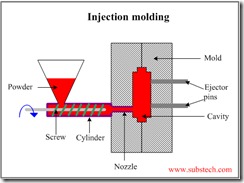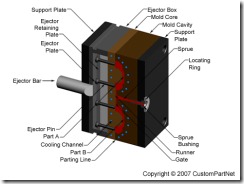Santoprene is a thermoplastic elastomer (TPE). It is the combination of in-situ cross linking of EPDM rubber and polypropylene. It is equipped as pre-compound material which is able to course of by typical thermoplastic tools. Santoprene is a thermoplastic compound that's processed in much the same approach as any kind of plastic. The distinction is that Santoprene possesses the same ranges of flexibility and durability that are generally found with natural rubber compounds. Because of the longer lifetime of santoprene in each excessive cold and warm environments, the fabric is often most well-liked over the usage of rubber.
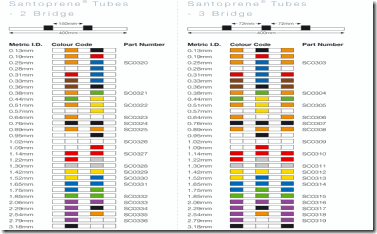
Santoprene? thermoplastic vulcanizates (TPVs) are high-performance elastomers that mix one of the best attributes of vulcanized rubber ? comparable to flexibility and low compression set ? with the processing ease of thermoplastics.
SantopreneR can be processed in quite a lot of ways. The abrasive resistant material could be blow molded, teleformed, or injection molded with nice ease. Along with the fact that the material is very easy and price efficient to supply, SantopreneR also will be recycled. After merchandise made with SantopreneR have seen higher days, the identical materials might be reprocessed and molded into new products. The impact of this easily recycled substance on our environment is thus not solely constructive, but might also help remove much more unwanted items ending up in landfills.
In consumer1 and industrial2 product applications, the mixture of Santoprene TPV properties and ease of processing delivers improved performance, consistent quality and lower manufacturing costs. In automotive3 applications, the lighter weight of Santoprene TPVs contributes to improved efficiency, gas financial system and reduced costs. They also offer numerous benefits in appliance4 , electrical5 , construction6 , healthcare7 and packaging8 applications.
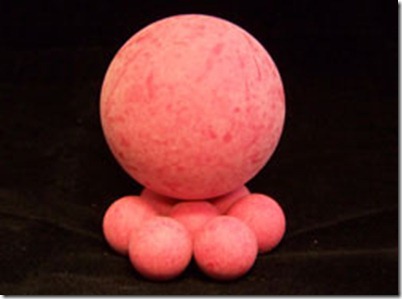
On normal thermoplastics equipment9 , Santoprene TPVs can be injection molded, extruded, blow molded or thermoformed, and clear scrap from these operations may be reused. Santoprene TPV is recyclable in the polyolefin recycle stream.
Editor’s Note: Other posts of interests for readers reading this post:
Injection Molding Troubleshooting
What Is A Polymer
Plastic Injection Mold Design
Santoprene TPV advantages
Harsh-surroundings efficiency
Components constructed from Santoprene TPVs provide a constant service temperature vary from -60°C to a hundred thirty five°C (-eighty one°F to 275°F) with no cracking or tackiness. Wonderful heat getting older combines with good resistance to many acids, bases and aqueous solutions. See online Fluid Resistance Guide10 .
As one of the best examples of thermoplastic rubber in the marketplace at the moment, SantopreneR is used in quite a lot of applications. Right here is a few background on the properties of SantopreneR, as well as some of the extra common makes use of of the material in each the house and in public places.
SantopreneR is a thermoplastic compound that is processed in a lot the same means as any type of plastic. The difference is that SantopreneR possesses the same levels of flexibility and durability which are commonly discovered with natural rubber compounds. Because of the longer life of SantopreneR in both excessive cold and hot environments, the fabric is often preferred over the usage of rubber.
Portfolio of bonding grades
Choose from more than 20 grades that bond with ETPs, nylons, metals and varied polyolefins. Overmolds as thin as 0.5 mm get rid of adhesives, bonding agents and mechanical interlocks. Save costs by means of parts consolidation and design flexibility.
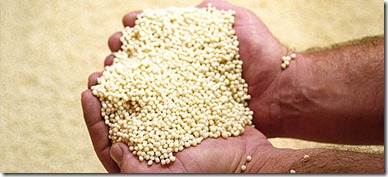
Tender-touch aesthetics
The dry silky feel of grips, knobs and handles made with Santoprene TPVs provides buyer attraction and cost-effective market value to client and industrial products.
Broad range of flexibility
Santoprene TPVs range from supple 35 Shore A to powerful 50 Shore D. Common function grades are suitable for most applications. FDA-compliant, NSF-listed and medical grades are additionally available. Flame-retardant grades meet UL requirements.
Simpler design for complicated parts
Design tolerances could be two to three times extra exact than with EPDM or polychloroprene rubber. This permits product designers to create elements with thick or skinny partitions and to simplify multipart designs.
Hope you enjoyed this informative post about Santopere material and will visit back our site Plastic Injection Mold Design for more details and information soon.

